Chess has always been a game of intellect, but now it’s also a game of entertainment.
With the rise of digital platforms, professional chess streaming has emerged as a powerful career path and creative outlet.
Whether you’re a grandmaster or a strong player, streaming allows you to share your skills, build a fanbase, and connect with the global chess community.
Some turn it into a full-time job, while others use it to supplement coaching income. What matters is consistency, quality, and personality.
This guide walks you through everything you need to launch and grow your chess career in streaming.
Why Professional Chess Streaming?
Chess exploded in popularity during the 2020 pandemic, and platforms like Twitch and YouTube saw record numbers of viewers tuning into live games.
The Queen’s Gambit mini series on Netflix boosted mainstream interest, but the momentum didn’t stop there.
Personalities like Hikaru Nakamura and Gothamchess brought flair and accessibility to the game, making chess exciting even for casual players.
Unlike traditional tournament coverage, professional chess streaming offers live interaction, entertainment, and a window into the players’ minds. It turned the 64 squares into a stage.
Benefits of Becoming a Chess Streamer
- Streaming offers more than just visibility. It helps you connect with other chess lovers, build a supportive community, and even improve your own play through regular analysis and commentary.
- Many streamers had their understanding of the game deepened when they had to explain ideas out loud.
- Income opportunities range from direct support, usually subs and donations, to sponsorships and coaching leads.
- And perhaps most important: streaming can be incredibly rewarding, creatively and socially.
Essential Chess Streaming Setup
A professional setup doesn’t need to be expensive at first, but quality matters.
Computer & Internet Requirements
Your PC or laptop should have at least an i5 or Ryzen 5 processor, with 8GB of RAM as the minimum. Ideally, 16GB will help handle software like OBS and web browsers without lag.
For your internet connection, you need a stable upload speed of at least 5 Mbps to stream in 720p, and 10 Mbps or more for 1080p. Ethernet (wired) connections are always better than Wi-Fi for stability.
Camera & Microphone Essentials
Your camera is your face to the world. Budget webcams like the Logitech C920 deliver sharp 1080p video, but DSLR or mirrorless cameras (with a capture card) take things to the next level.
Audio clarity is just as important; USB mics like the Blue Yeti or XLR setups with an audio interface ensure viewers hear you clearly. Use closed-back headphones to monitor audio without any echo.
Lighting & Visuals for a Polished Look
Good lighting instantly improves camera quality. Use a key light angled at 45 degrees to your face, with a fill light to reduce shadows.
A soft backlight separates you from the background. If possible, add a green screen to keep your focus on the board and your expressions. This helps deliver a clean, professional look.
Chess Board Considerations
Most streamers display their games using online boards from Chess.com or Lichess, captured as browser sources.
But physical electronic boards like DGT, Square Off, or ChessUp offer a unique tactile experience and visual appeal. These boards connect digitally and show your real moves on-screen in real time.
It adds authenticity and can set your stream apart.
Choosing Your Professional Chess Streaming Platform
Before uploading your first video, you need to understand streaming platforms and decide which one is best for you.
Twitch for Chess Streamers
Twitch remains the go-to for live chess streaming. It supports real-time interaction via chat, subscriber benefits, and integrations with bots and alerts.
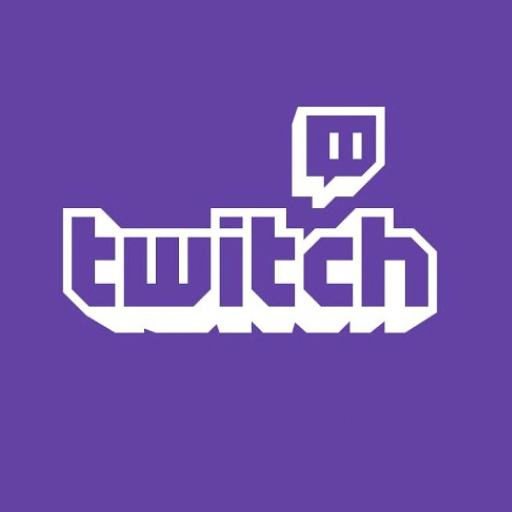
The platform’s audience already expects live chess content, and discoverability is good during peak chess events.
The downside is that Twitch’s algorithm isn’t great for long-term content, so once you’re offline, discoverability drops.
YouTube Live for Chess Streamers
YouTube Live is a strong alternative, especially if you produce content like highlights, tutorials, or game recaps.
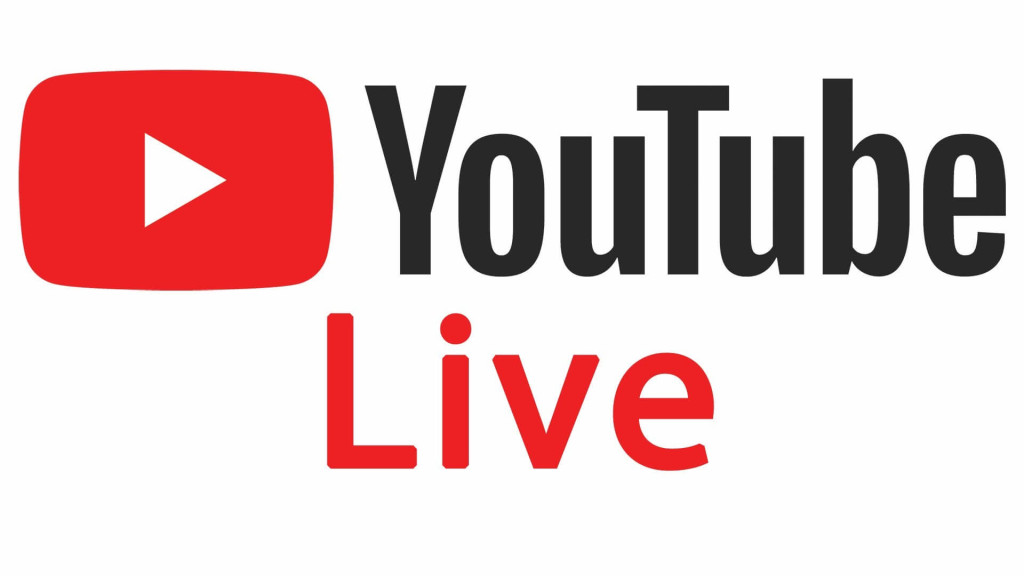
YouTube stores your past streams as VODs (Video on Demand) by default, giving you a long-term library.
Monetization comes sooner if you meet their Partner Program thresholds, and chess has a growing audience on the platform.
However, real-time interaction isn’t quite as strong as on Twitch.
Other Platforms
Emerging services like Kick and Facebook Gaming have lower competition but also smaller chess communities.
They can be good for experimenting, but long-term growth is more reliable on Twitch or YouTube. As always, go where your audience is.
Software & Tools for Seamless Streaming
In this day and age, you’ll need the best tools to help with streaming.
Core Streaming Software
At the heart of any stream is OBS Studio. It’s free, open-source, and incredibly customizable.
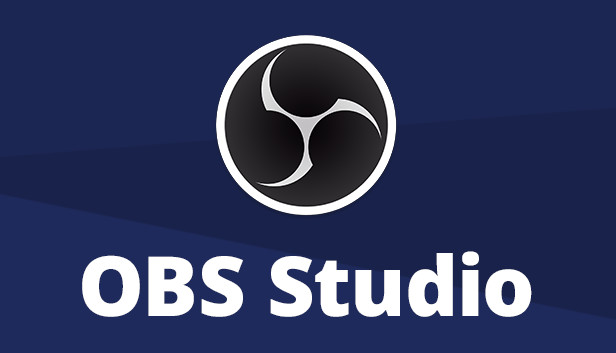
Streamlabs offers a user-friendly version with built-in widgets, but it is more resource-heavy.
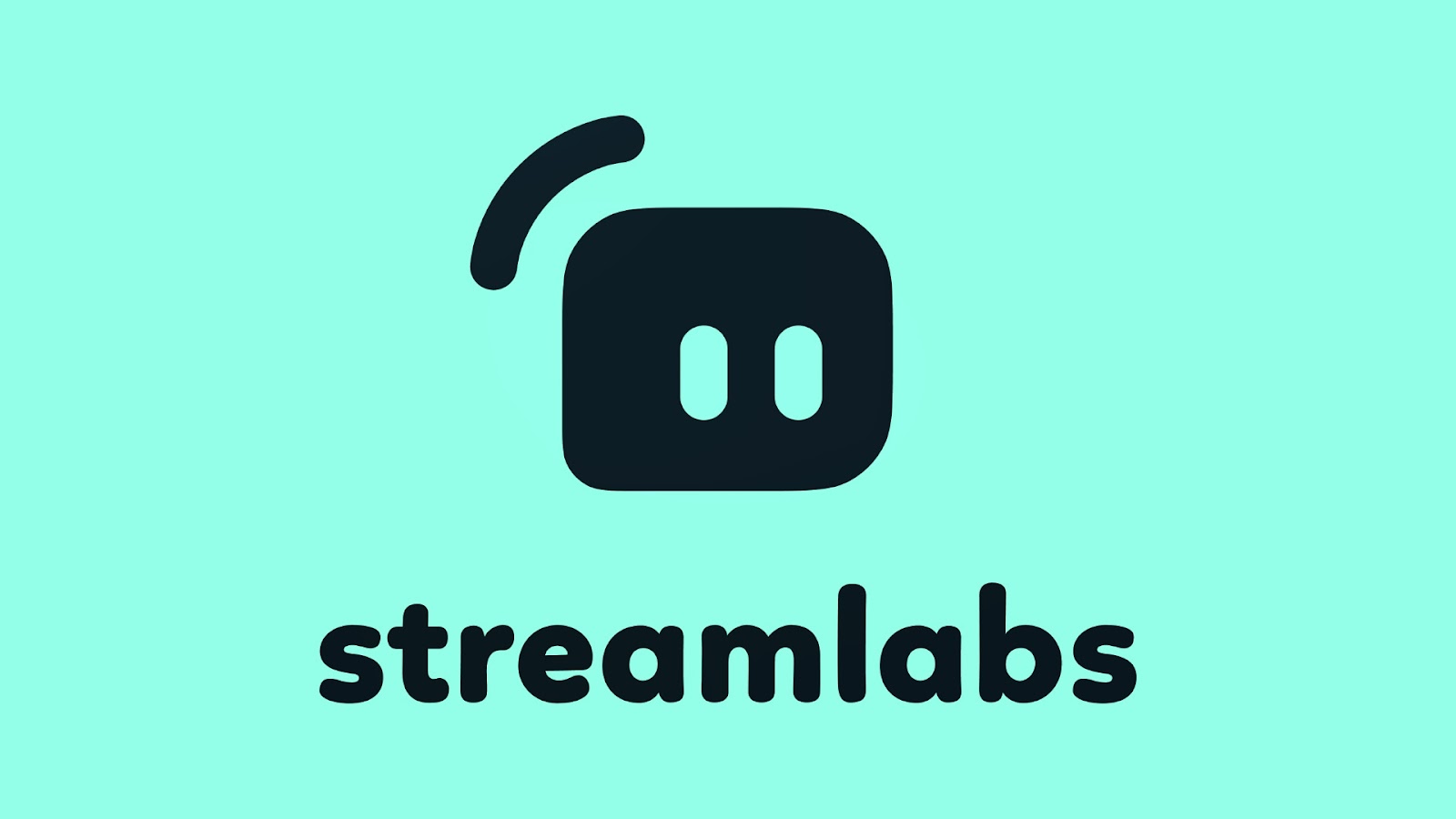
Both allow you to create scenes with combinations of your webcam, chessboard, and overlays, to switch during your stream.
Integrating Chess Software & Websites
Browser sources let you cleanly display Chess.com or Lichess games. You can even run a local engine like Stockfish or Komodo for live analysis between games.
This helps viewers learn while keeping your stream informative.

Some streamers also use multi-board setups or commentary software.
Enhancing Your Stream with Overlays & Alerts
Sites like StreamElements and Streamlabs help you add custom alerts when viewers subscribe, donate, or chat.
Custom overlays with your logo, social handles, and game info help to create a professional touch. You can theme these to match your brand.
Audio Mixing & Noise Suppression
Poor audio kills streams. Use software filters to cut out background noise and balance mic/game volume.
OBS has built-in filters like noise suppression, gain control, and compressor settings. Test your audio regularly.
Crafting Engaging Chess Content
Getting an audience is only half the job; keeping them is the primary goal. So, how do you ensure your audience keeps coming back for more?
Content Ideas & Formats
There’s no one-size-fits-all content style. You can play blitz or bullet games to keep things fast and fun.
Puzzle solving and tactical training are also great for instructive sessions.
Analyze your own games or break down historical games from famous players. Host lessons, tutorials, and explain key ideas.
Viewer games, simultaneous exhibitions, and subscriber tournaments also bring people in, and keep them.
Interacting with Your Audience
Always read the chat. Respond to questions, explain moves clearly, and don’t shy away from light conversation.
Polls and giveaways help build a loyal fan base. Many chess streamers use a second monitor or tablet to track chat without breaking concentration.
Developing Your Unique Streaming Personality & Brand
Every streamer has a unique voice. Some are analytical, others are entertainers. What matters most is authenticity and consistency.
Design a simple logo, use matching overlays and emotes, and let viewers associate certain visuals with your stream. Viewers follow people, not just games.
You should look at popular chess content creators to see the range of personalities that work.
Growing Your Chess Stream Audience
Constant growth is necessary for your Chess streaming career to live long. Let’s look at ways you can grow your audience.
Promotion Strategies Off-Stream
Don’t just stream, market. Share clips and stream highlights on platforms like TikTok, YouTube Shorts, and Instagram.
Use Twitter/X to announce streams, share puzzles, and connect with chess fans.
One of the best growth examples is Gothamchess, who built an empire through multi-platform content and short-form video.

You can also collaborate with other streamers and participate in trending formats or tournaments.
Building a Strong Community On-Stream
A great stream becomes a great community. Use Discord to chat with fans between streams, share resources, and host events.
Stick to a regular schedule so your followers know when to expect you.
Talk with other creators, support their content, and grow together. Use bots and moderator tools to keep the chat clean and friendly.
It all contributes to your success with chess software for content creation and community retention.
Leveraging Chess Platforms
Platforms like Chess.com or Lichess offer streamer programs, front-page placement, and official event invites. Being featured can drastically boost visibility.
Join community tournaments or simul exhibitions to meet others and promote your content. The chess world rewards effort and consistency.
Monetizing Your Chess Stream
A major goal of streaming is making the big bucks. You’ve put in the effort, and naturally, rewards should follow. Here’s how to make money off streaming:
Direct Support from Viewers
Once you gain a following, direct viewer support becomes a key revenue stream.
Twitch offers subscriptions and Bits, while YouTube has memberships and Super Chats. Regularly acknowledging your supporters goes a long way.
Advertisements & Sponsorships
Twitch and YouTube run ads, but sponsorships are where the bigger money lies.
Companies seek influencers in the chess space, and players like GMHikaru have led the way by partnering with brands like Red Bull.

Stay professional, be open to collaborations, and build your value.
Additional Revenue Streams
Beyond ads and subs, you can monetize chess stream content with coaching sessions, merch, or Patreon exclusives.
Offer private lessons, branded merchandise like mugs or shirts, or create exclusive video lessons for members.
The more value you offer, the more loyal your community becomes.
Best Practices for Professional Chess Streamers
Consistency is king. Stick to a schedule, keep your stream quality high, and test everything before going live.
Always have a Plan B, a backup webcam, internet source, or battery pack. Keep your OBS scenes organized and learn basic troubleshooting.
Be firm with toxic viewers but kind and open with genuine fans.
Most importantly, pace yourself. Streaming can be demanding. Don’t chase numbers, chase quality and community.
Conclusion: Your Journey to Chess Streaming Mastery
Becoming a professional chess streamer takes more than a webcam and a chessboard. It’s about providing value, being present, and constantly improving.
From picking the right gear to crafting compelling content and engaging with viewers, every piece matters.
If you stay consistent and focused, professional chess streaming can become a serious pursuit, or even a full-time job.
The chess world is watching. Platforms are expanding. Communities are growing.
This is your chance to enter the spotlight and create something uniquely yours.
The future of chess streaming platforms is wide open, and there’s room for you on that board.
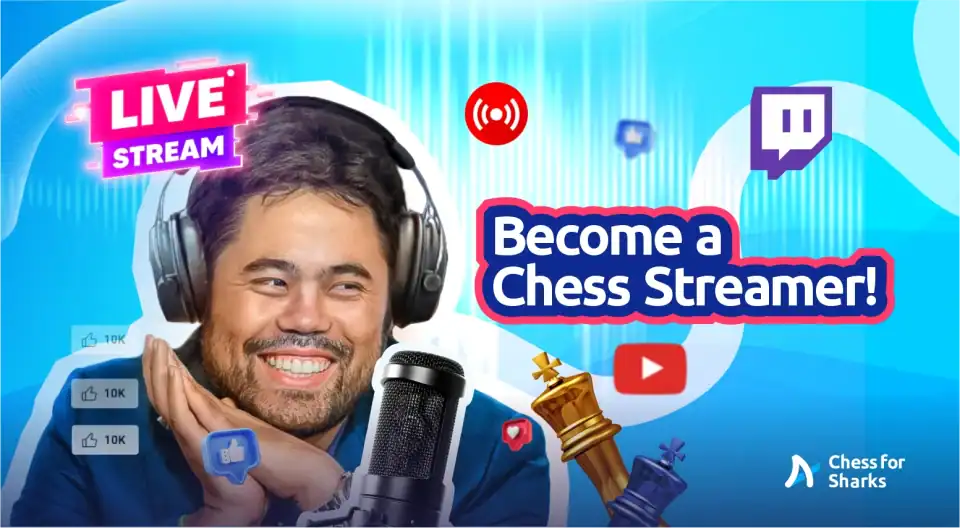

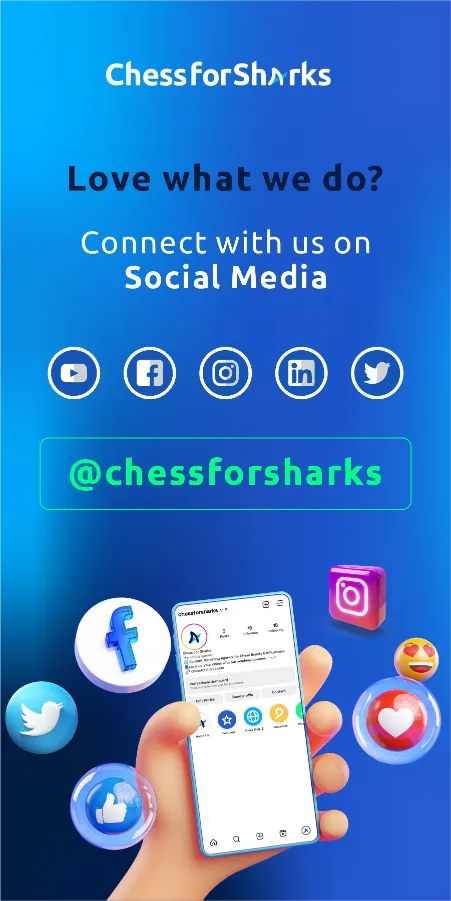
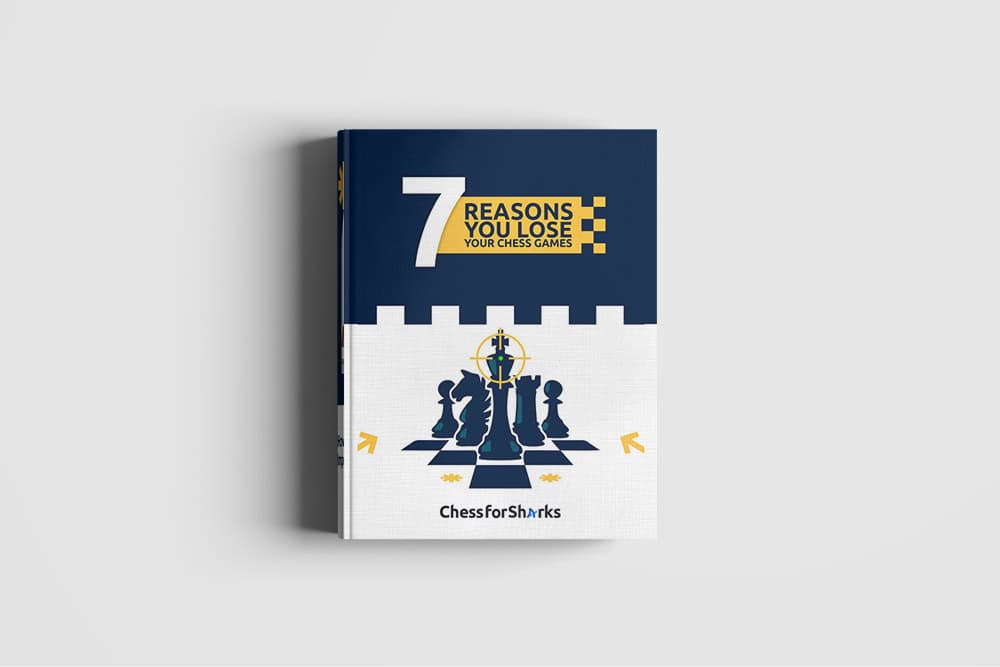
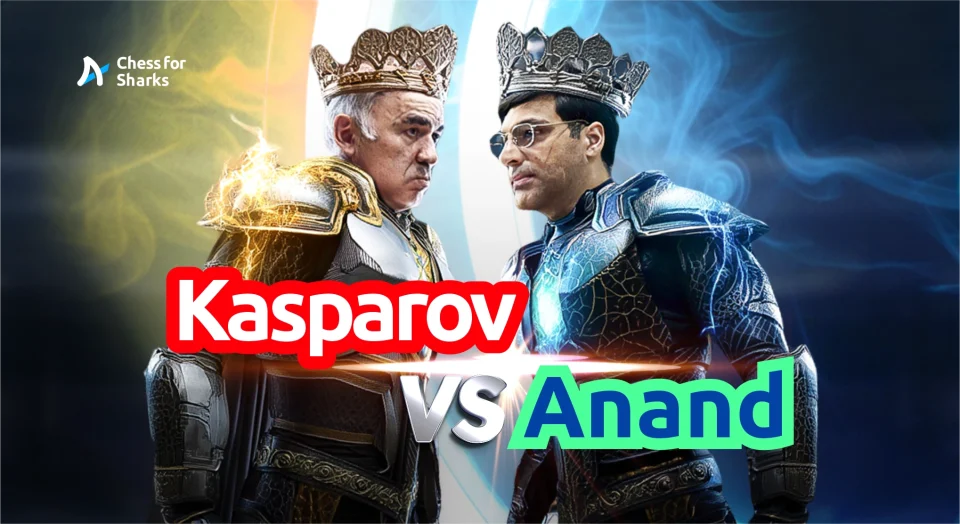

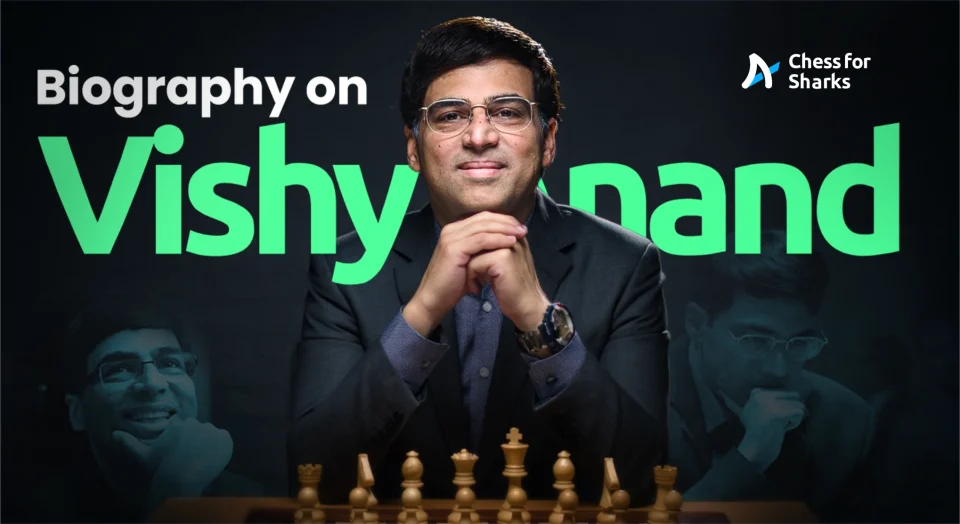
join the conversation